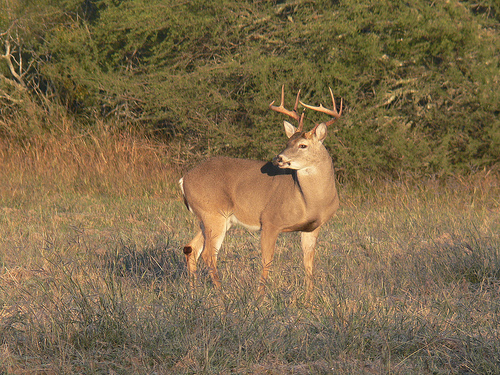
Habitat is the cornerstone of white-tailed deer management. Plant communities, an important component of habitat, are composed of forbs, grasses, and woody plants (browse). Healthy, diverse habitat sustains native wildlife populations and almost always represent healthy deer herds. However, browsing of woody plants by white-tailed deer and domestic livestock may have negative impacts on perinneal shrubs, trees and the overall habitat.
Excessive browsing may lead to decreased plant vigor, increased susceptibility to disease, or decreased reproduction and seeding establishment. Stresses such as these could potentially cause the disappearance of some plant species important for quality deer habitat. Consequently, deer biologist typically quantify the most palatable browse plants in an area in an attempt to monitor browsing pressure by the local deer herd. Sound deer management decisions can be made by recording browse plant use by white-tailed deer. Continue reading “Deer Management Through Browse Use”